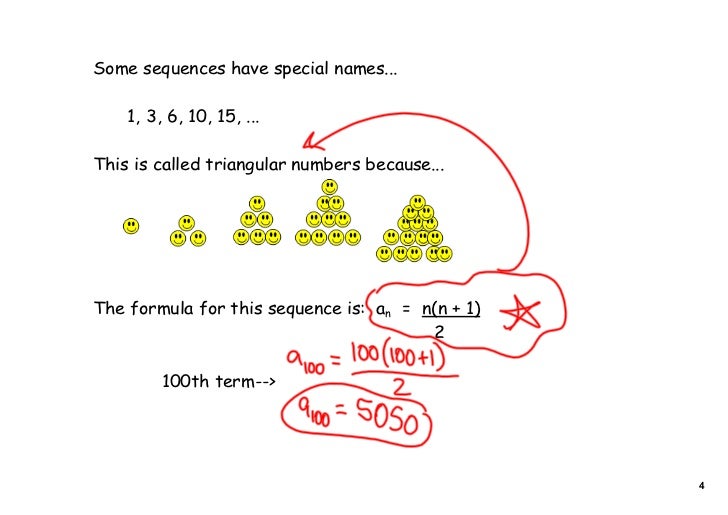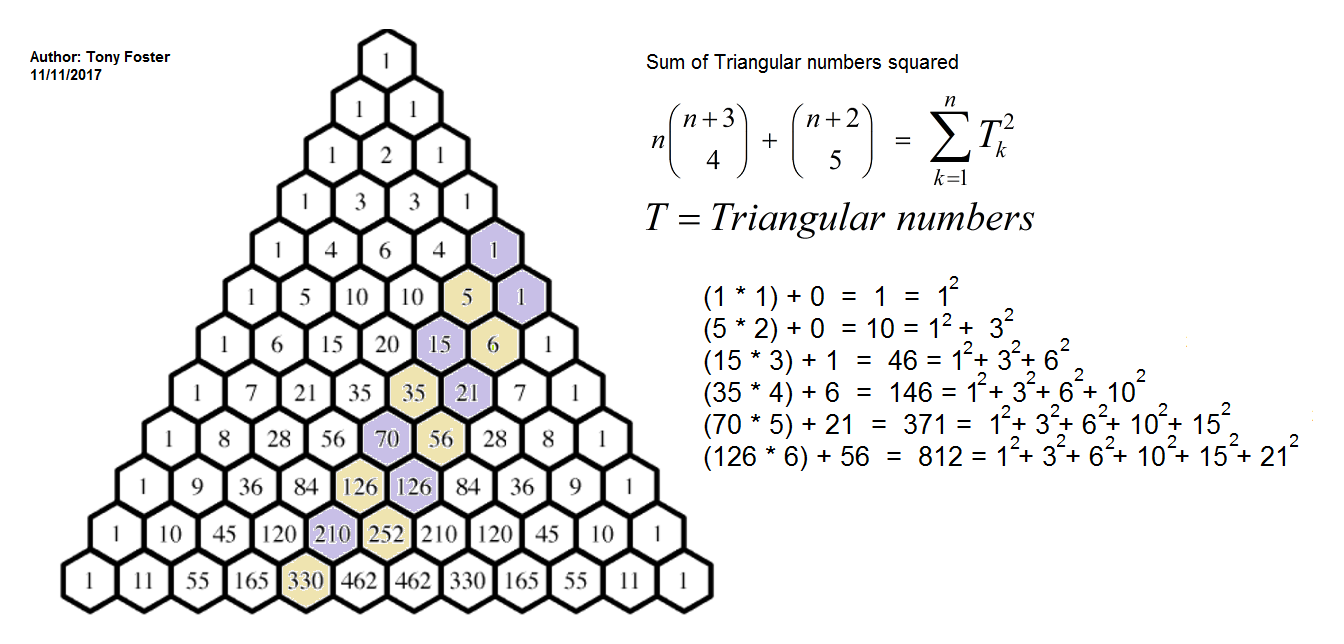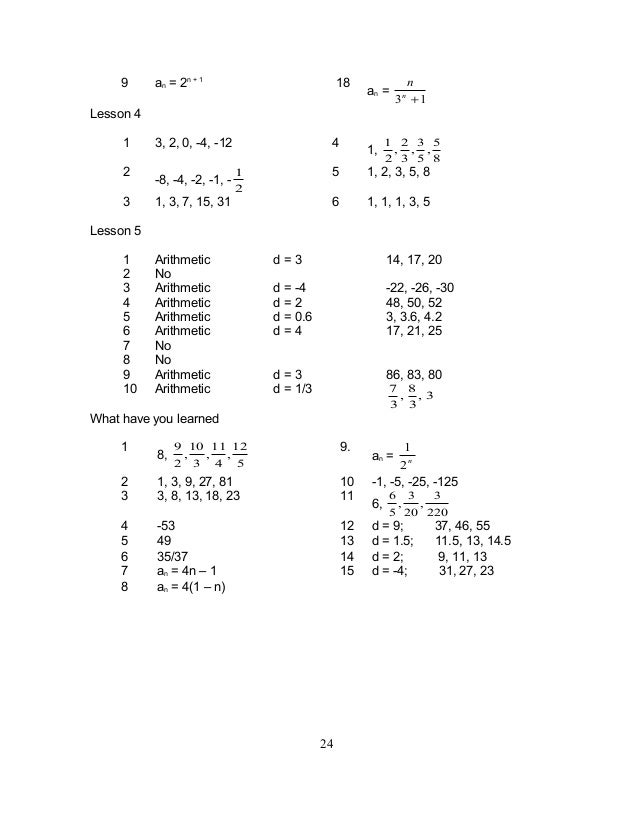0 1 3 6 10
Formula sequence 1 3 6 10 15.
0 1 3 6 10. 1 3 6 10 15 21 28 36 45. It is simply the number of dots in each triangular pattern. If not what is it. Solution for converting 6 in the fraction is 0 6 6 10 below is the representation of 6 as a fraction in graph format.
This is a quick method for finding the nth term of a series which does not have a regular common difference. Active 6 years 9 months ago. Visual acuity values are represented in decimal fraction in feet or meters and log mar. Natural numbers 1 2 3 4 5 6 7 8 9 10 the natural numbers positive integers n ℕ.
The sum of the first n terms s n of an arithmetic sequence is calculated by the following formula. The second triangle has another row with 2 extra dots making 1 2 3. Nth term can be calculated from the formula n 1 x n 2 eg 8th term 7 x 4 ie 28. Viewed 15k times 0.
Oeis link name first elements short description a000027. Use the table below for conversion between them. Normally 1 1 0 the binary number for 1 is 1 the binary number for 2 is 10 the binary number for 3 is 11 3 2 1 the binary form of that equation is 11 10 1 the binary inverse operation. If the initial term of an arithmetic sequence is a 1 and the common difference of successive members is d then the nth term of the sequence is given by.
X 3 4x 2 6x 24 0. A n a 1 n 1 d. Compute answers using wolfram s breakthrough technology knowledgebase relied on by millions of students professionals. Is the formula for that sequence the same as or 0 1 3 6 10 15.
The first triangle has just one dot. This question does not meet stack overflow guidelines. It is not currently accepting answers. By adding another row of dots and counting all the dots we can find the next number of the sequence.
42nd term 41 x 21 ie 861 if the series starts at 1 rather than 0 the formula is n 1 x n 2if you are.

















